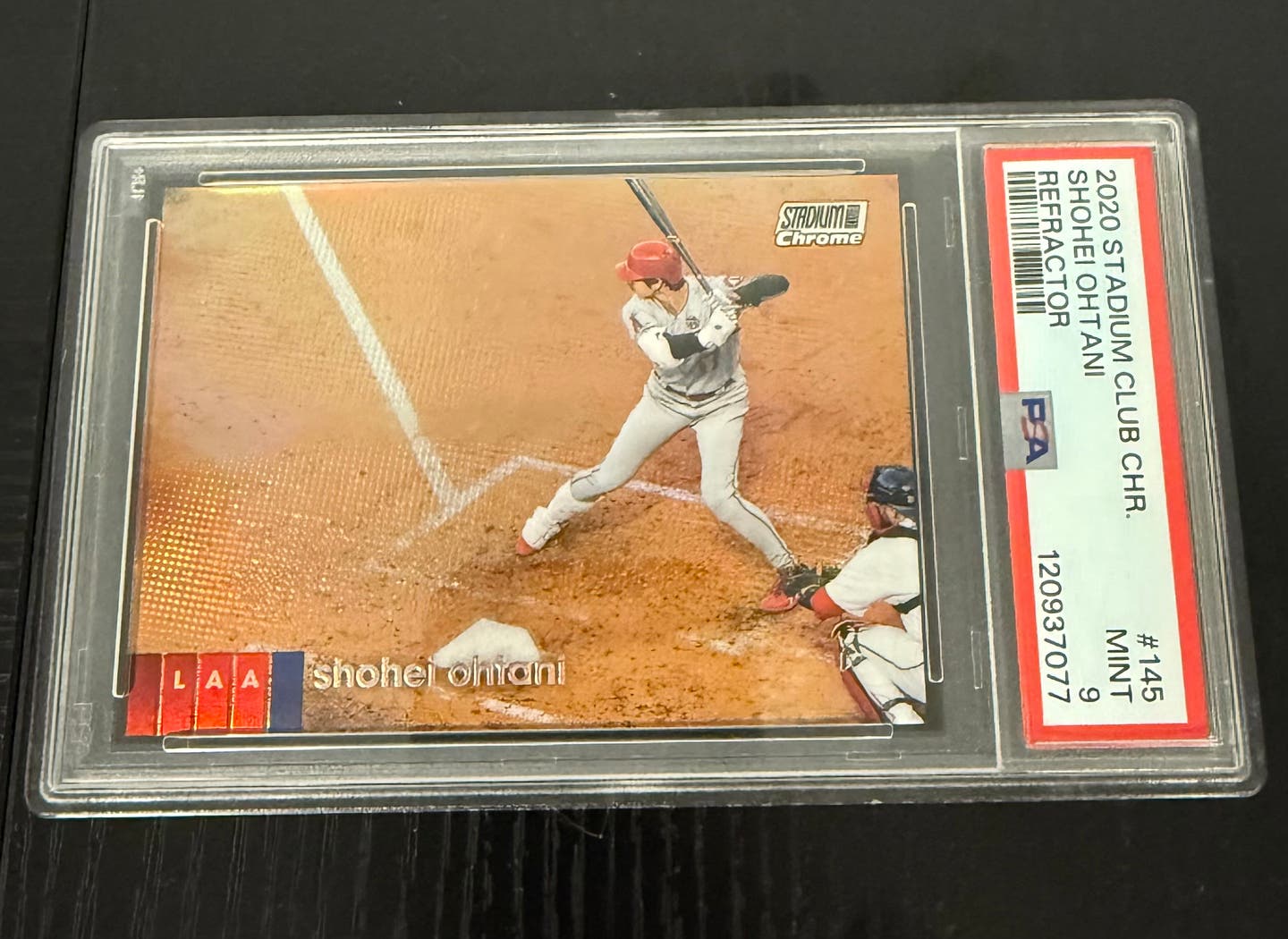Features
Another Look at the Autobiography’Casey At the Bat’
By Marty Appel
When one is ghost writing a book, a key responsibility is to capture the “sound” of the author. It is the second most important part of the task, after getting the facts right.
What a challenge Harry T. Paxton faced in 1961, when he sat down with Casey Stengel for “the Ol’ Perfessor’s” autobiography.
Casey was famous for “Stengelese,” a manner of doubletalk that served the purpose of ducking the question and amusing the questioner. It was never more brilliantly on display than when he testified before a Congressional committee on whether baseball deserved its anti-trust exemption. (Mickey Mantle followed Casey and said, “My views are just about the same as Casey’s.”)
In 1961, Paxton was dealing with a still-bitter Stengel, who had been sacked by the Yankees after losing the 1960 World Series, and who had just accepted a managing job with the Mets. The Mets were to begin play in 1962, so in this year, Casey spent most of his time at his home in Glendale, Calif. (where he had lived since 1924), and attended a lot of Dodger games in the Los Angeles Coliseum as a guest of Walter O’Malley.
Paxton, 46 at the time, had to pull from Casey, 70, a life story that went back to 1890, as a player to 1910 and as a manager to 1934. And he had to “translate” Stengelese to an understandable form for his readers.
Of course, Casey’s “Stengelese” was exaggerated and done for the benefit of writers (or Congress), and he undoubtedly gave it to Paxton straight on this project. (“We always understood everything Casey said,” Yogi Berra said.)
Still, it had to be a challenge for Paxton, especially to keep it to 258 pages. Random House published the book in 1962, just as the Mets were getting ready to play, and portions of it appeared in The Saturday Evening Post in 1961, when the Stengel firing was still much on people’s minds.
Paxton was the sports editor of The Saturday Evening Post. Most of his work appeared there in magazine format, under headlines like “I’m Through with Football,” by Otto Graham, as told to Harry T. Paxton. But he had done a few books, including one on The Whiz Kids – the 1950 Philadelphia Phillies story, and one with Babe Didrikson Zaharis called This Life I’ve Led, published in 1955. (Babe, perhaps the greatest female athlete of all time, died of cancer a year later.)
So while the choice of Paxton to ghostwrite the book with Casey might have displeased the many New York newspapermen who covered him every day (“My writers,” he called them), it was not a bad choice, and was probably made by the editors at Random House, perhaps by their top man, Bennett Cerf.
Paxton, a World War II veteran and later a speech writer for Nelson Rockefeller, died in San Clemente, Calif., in 1993 at 78.
The final product, called Casey at the Bat: The Story of My Life in Baseball, has come to be overshadowed by the acclaimed biography of Casey done by Robert Creamer in 1984. We tend to trust biographies more than autobiographies (if they seem written without prejudice), so that was the natural order of things.
But I recently picked up the Paxton book, and you know what? It’s terrific. Casey’s outside personality shines through, which is why he always had a job, and everyone in baseball gravitated to him, even if he was just an ordinary player. Every page is a trip to another age, and the names – McGraw, Ruth, Wilbert Robinson, Hornsby, Landis, Cobb, and on to DiMaggio, Berra, Mantle and Maris, come alive – because Casey really did know them all.
His observations are from another, less politically correct time, and we don’t hold that against him. When he made a joke about Elston Howard being a slow runner, even the young New York press corps forgave him as a product of his time.
Here is one Stengel observation of interest, as captured by Paxton:
“Now when I broke into baseball years and years ago we used to have Irish and German and Polish players. And then the greatest players came from the South. And they came from Texas, and then they came from Chicago.
“Today it’s the colored player. He’s a good runner, and he’s very quick with his wrists. He’s the best hitter. The Italians are the second best hitters. The Polish player is sometimes slow and sluggish swinging the bat. The Germans are passing out, the race has gotten missed up so much, and it’s the same with the Irish. They don’t talk and act like the ones did that had just come from Ireland.”
Paxton must have found amusement from his time with Casey. At one point, Casey said to him, (and he wrote), “Way back when Ring Lardner used to cover baseball he’d tell me, ‘Just keep talking, and I’ll get a story.’ ” And that’s what you find here – he has something to say about everything.
Of his firing by the Yankees in 1960, he says he was expecting it, win or lose, from midseason on, when he thought George Weiss had lost some control in the front office. When he was summoned to meet with co-owners Dan Topping and Del Webb, just days after the World Series loss to Pittsburgh, he left his apartment at the Essex House and met them at Webb’s suite in the Waldorf Astoria. When he entered, he did not see a new contract sitting on the table waiting for his signature. That had been the practice in previous postseason meetings. He knew he was a goner.
What really got him was at the press conference announcing his “retirement,” Topping announced that he would be receiving a check for $160,000.
“He made it sound like it was some special gift from the owners,” writes Stengel/Paxton. “Actually, this was money that had been set aside for me over the 12 years as my share in the Yankees’ profit-sharing pension plan. All full-time Yankee employees are in on this except for the ballplayers.”
You couldn’t put something involving money over Casey, who was in fact, a vice president of a bank formed by his in-laws in southern California.
For a journey back to the 19th century in mid America, and onto the formation of the New York Mets more than 70 years later, this book is a forgotten gem of an autobiography.
Marty Appel is the former PR director for the New York Yankees and the author of 18 books. The updated edition of his acclaimed Yankee history, “Pinstripe Empire,” is to be published in softcover in the spring.








